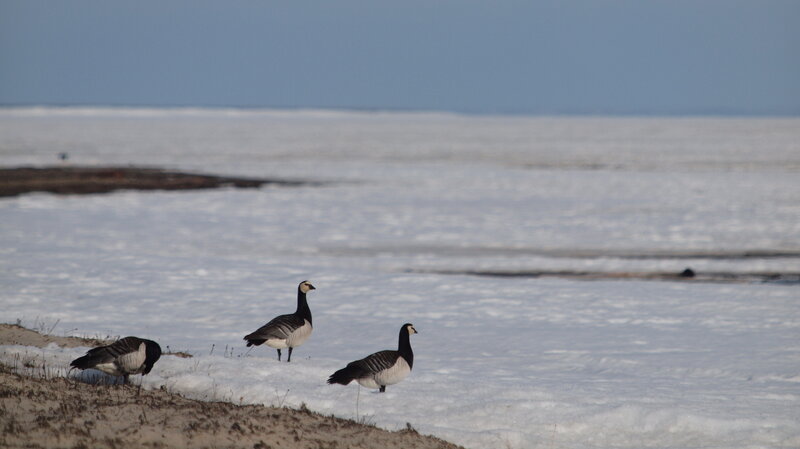 |
| Seized rhino horns at the Department of Wildlife and National Parks headquarters in Kuala Lumpur. |
In 1993, China had banned the use and trade of rhino horns and tiger bones. But now, 25 years later, the country made an announcement that it will allow the trade of these endangered wildlife products, infuriating conservationists who urged that the move will further devastate the animals. China's State Council indicated that it would partly lift the ban to permit rhino and tiger parts to be used in scientific research, medicine, and "cultural exchanges," emphasizing that the trade will be rigorously controlled and that the parts will come from captive animals. It further added that the animals' body parts may come from licensed distributors and can only be used by certified doctors. No reason was given for the sudden lifting of the ban, but enraged wildlife activists highlighted that the move would encourage poachers and traders to accumulate goods for a country that places phenomenal value on the animals' body parts. According to wildlife trade specialist Colman O'Criodain, the prospect of laundering a tiger or rhino product would be enough to increase the poachers' activities. Experts also feared that probable consumers will look for body parts in other parts of the world, especially Southeast Asia which is rife with tiger farms and South Africa where there are lots of ranches containing rhinos.
 |
| Bengal tiger |
I find it extremely shocking and sickening how China would first call for a ban on all ivory trade and now announce that it is allowing trade of other endangered wildlife products, particularly rhino horns and tiger bones. It really goes to show how two-faced China and other countries can be when it comes to protecting endangered wildlife around the world. How can you ban the trade of certain products made from the body parts of endangered species and then allow the trade of others? When an animal is endangered, then it should always be protected no matter what. But unfortunately, countries like China seem to find an exception to the rule and make poor decisions by banning the trade of endangered species for some number of years and then lift that ban which further puts the lives of such animals in jeopardy. I find this move made by China will definitely result in an increase in poaching activities towards rhinos and tigers, and therefore further push them towards the brink of extinction. I urge the Chinese government to reconsider its decision and put a stop to the trade of rhino and tiger body parts. I also urge the people of China to refrain from purchasing tiger bones and rhino bones if they care so much about the well-being of the animals and voice their support for the protection of tigers and rhinos.
View article here







_female_with_calf_(17292632769).jpg/1920px-White_Rhinos_(Ceratotherium_simum)_female_with_calf_(17292632769).jpg)


.jpg/1920px-Branta_leucopsis_EM1A2624_(27349357341).jpg)

